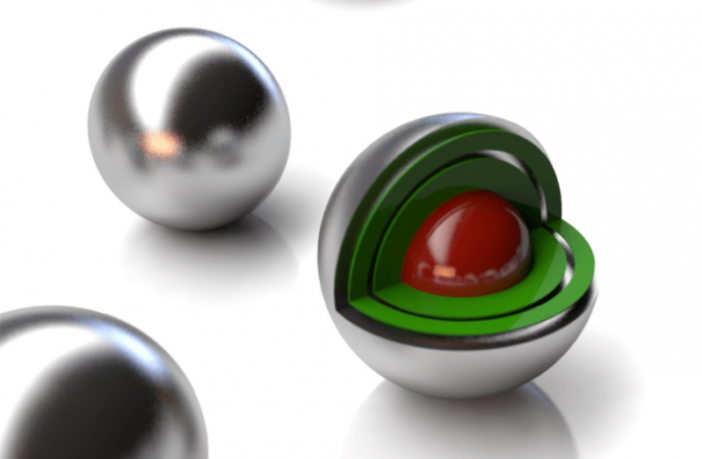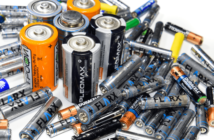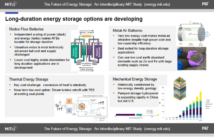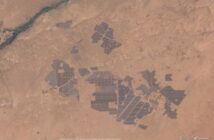It gets mighty cold up there on the Moon. Astronauts stopping over could face temperatures plummeting to astonishing lows. These could reach -414F (-248C) at the poles, because the moon has almost no atmosphere to warm the surface. Visitors will definitely need nuclear fuel cells, or similar, if they decide to stay a while in that inhospitable climate.
Special Nuclear Fuel Cells the Size of Poppy Seeds
Scientists at India’s Bangor University (Nuclear Futures Institute) may have cracked the code for a compromise between energy capacity, versus size and weight. That’s because they have come up with nuclear fuel cells the size of poppy seeds. And they say these should produce the energy we need to sustain life up there on the moon.
This is of particular interest to astronomers, because the Moon could be a springboard to Mars and beyond. So we can visualize the whole exercise as a preparation for things to come. Perhaps this is why Rolls Royce, UK Space Agency, NASA and Los Alamos National Laboratory are all interested in collaborating.
Prof Middleburgh has the lead at Bangor University Nuclear Futures Institute. His team plans to ‘fully test’ the nuclear fuel cell over the next couple of months. The Prof told BBC “the work was a challenge but it was a fun one”. We envy his initiative working at the cutting edge of battery science, and we wish him well.
More About Prof Middleburgh’s TRISO Fuel Cell
The Prof is understandably coy about the technology he is using. Although he did tell BBC he is sending his TRISO fuel cell to his associates for testing. A quick trip to the Office of Nuclear Energy website informs us that TRISO stands for TRi-structural ISOtropic particle fuel.
- Each TRISO particle comprises a uranium, carbon and oxygen fuel kernel.
- Three layers of carbon- and ceramic-based materials keep the particle sealed.
- The particles can become cylindrical pellets or billiard ball-sized spheres.
The Prof explains a TRISO fuel cell could power a generator about the size of a small car. “You can launch them into space, with all the forces,” he assured BBC. “And they’ll still function quite safely when they’re put onto the Moon.”
More Information
Nuclear Batteries for Space Exploration
A Major Breakthrough in Nuclear Fusion




